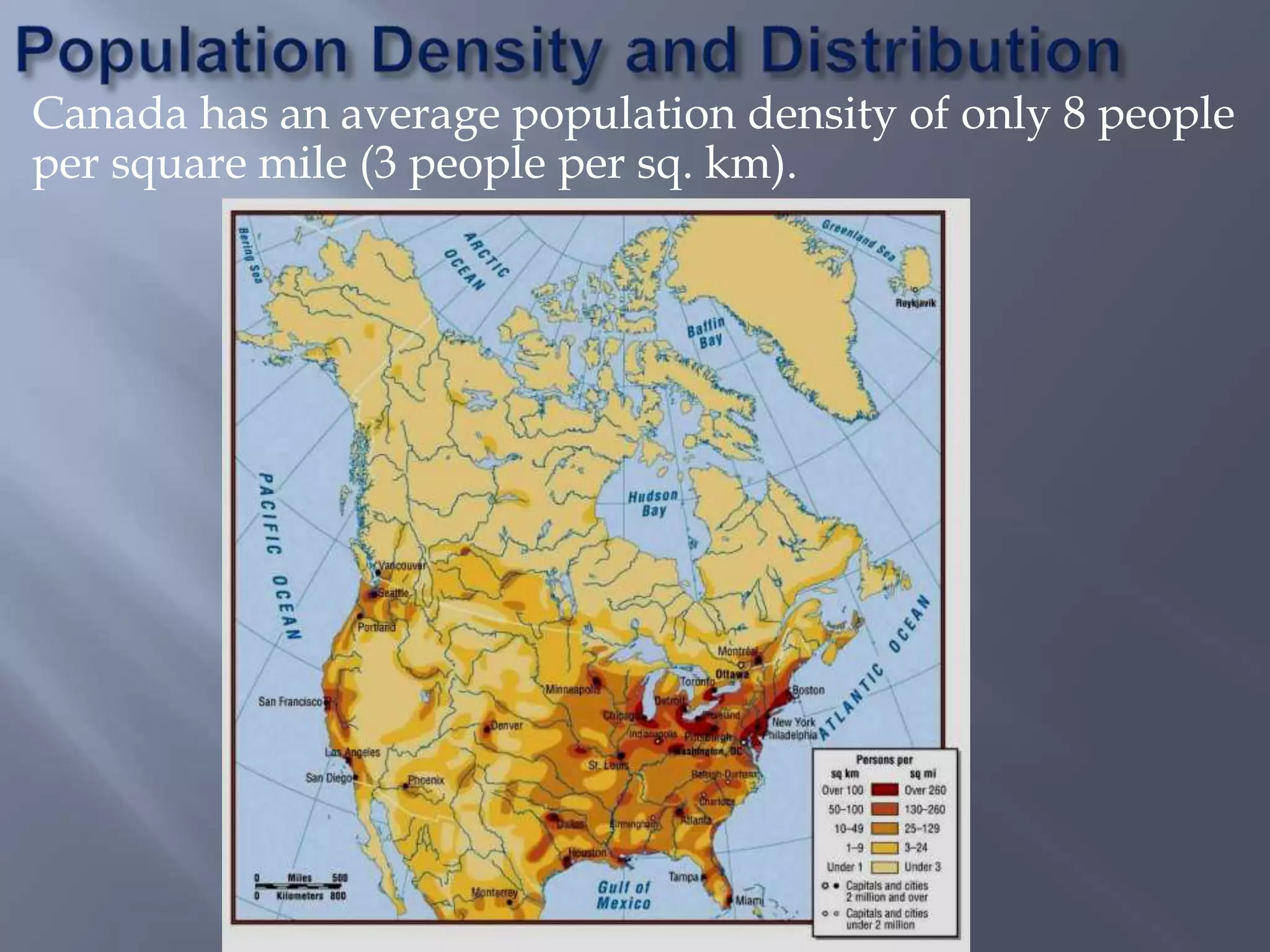North America is a tapestry of cultural diversity, woven from the threads of its indigenous peoples, colonial legacies, and modern multiculturalism. This vast continent, bordered by the Atlantic and Pacific Oceans, has long captured the imagination of those who seek to understand the intricacies of its cultural landscape. The juxtaposition of ancient traditions with contemporary trends creates a fascinating dialogue that reveals much about the human experience, identity, and adaptation in a rapidly changing world.
The cultural panorama of North America is predominantly characterized by three foundational pillars: Native American traditions, European colonization, and the influence of African and Asian immigrant communities. Each of these elements contributes significantly to a multi-layered identity that is both singular and diverse, both human and deeply environmental.
At the core of North America’s cultural identity reside the indigenous peoples, who have occupied the land for millennia before colonial powers arrived. Rich in oral traditions, spirituality, and deep-rooted relationships with the natural world, these cultures emphasized sustainability and coexistence. The reverence for the land, embodied in practices such as permaculture and seasonal migrations, showcases an understanding of ecological balance that resonates with contemporary environmental ideals. Festivals, storytelling, and art from these communities reflect their profound connection to nature, emphasizing a worldview that sees humans as part of a greater ecological system.
As European settlers ventured into North America, they brought with them a plethora of cultural influences, resulting in a dramatic transformation of the continent’s socio-cultural fabric. The melding of European customs with indigenous practices led to the birth of new traditions, such as the fusion of cuisines, language alterations, and novel artistic expressions. For instance, the celebration of Thanksgiving, which evolved from various cultural exchanges, symbolizes both unity and gratitude, yet also highlights the complex history of colonization and its repercussions on Native populations.
The American Revolution marked a significant juncture, as a burgeoning sense of nationalism began to emerge, coalescing various identities into a singular narrative. The idea of the “American Dream,” underpinning a notion of freedom and opportunity, catalyzed waves of immigration from diverse regions such as Africa, Asia, and Latin America. Each of these waves enriched the cultural landscape, infusing vibrancy into music, art, and cuisine. The resilience and adaptability of these communities speak to the overarching narrative of North America as a land of hope and challenge.
Today, one can observe the fascinating cultural amalgamation in various aspects of everyday life. From the pulsating rhythms of jazz and blues, rooted in African American history, to the evocative imagery in contemporary Native American art, the continent showcases a plethora of cultural expressions. Culinary delights reflect this fusion, with food that offers a sense of place and identity—from tacos and poutine to bagels and canapés.
However, this cultural complexity often leads to misconceptions and oversimplifications. The notion of a monolithic “American culture” can obscure the rich tapestry of subcultures that exist within its borders. For example, the cultural expressions in predominantly Hispanic areas like Los Angeles may vastly differ from those found in the Native reservations of South Dakota or the urban landscapes of Toronto. Such diversity invites curiosity and demands an acknowledgment of each community’s distinct narrative and how these stories intertwine to shape the broader cultural context.
Furthermore, a return to those indigenous philosophies of interconnectedness and sustainability is increasingly relevant in contemporary discourse as the world grapples with climate change and environmental degradation. Movements advocating for environmental justice often draw upon the wisdom of Native American teachings, promoting an understanding of the land that transcends the anthropocentric views prevalent in mainstream culture. This revival illustrates how cultural insights can foster solutions to modern challenges, thereby reaffirming the importance of preserving these traditions amid globalization.
The global influence of North American culture can also be observed in media, fashion, and technology. The advent of the internet has enabled a seamless exchange of ideas and practices across borders, leading to the popularization of North American music, films, and lifestyle brands worldwide. Yet, this cultural domination comes with responsibility; the imperative to engage with and uplift marginalized voices must remain at the forefront of cultural discourse.
As we look towards the future, the question of cultural preservation versus evolution remains pivotal. Will North America embrace its complexities and foster an environment that encourages inclusivity, or will it perpetuate homogenization at the cost of unique identities? This inquiry serves as a litmus test for the continent’s cultural vitality, urging an introspective examination of collective values.
The confluence of cultures in North America is not merely an academic curiosity; it embodies the ongoing narrative of resilience, adaptation, and creativity in the face of challenges. Whether navigating the intricate histories of colonization and regeneration or celebrating the vibrancy of a multicultural society, North America’s cultural identity remains an essential topic of study and reflection. In recognizing the depth and breadth of its cultural richness, one can better appreciate the intricate relationship between people, their stories, and the environment they inhabit.
Ultimately, North America stands as a testament to the human spirit’s capacity for innovation, inclusion, and coexistence. The future of its cultural landscape depends on the ability to honor the past while forging a sustainable path forward, one that intertwines the ancient wisdom of indigenous peoples with contemporary values of equity and stewardship as a shared responsibility. This intricate interplay invites deeper contemplation and fosters a richer understanding of what it means to inhabit this multifaceted land.
